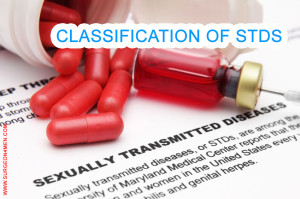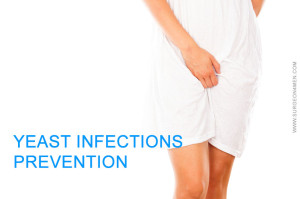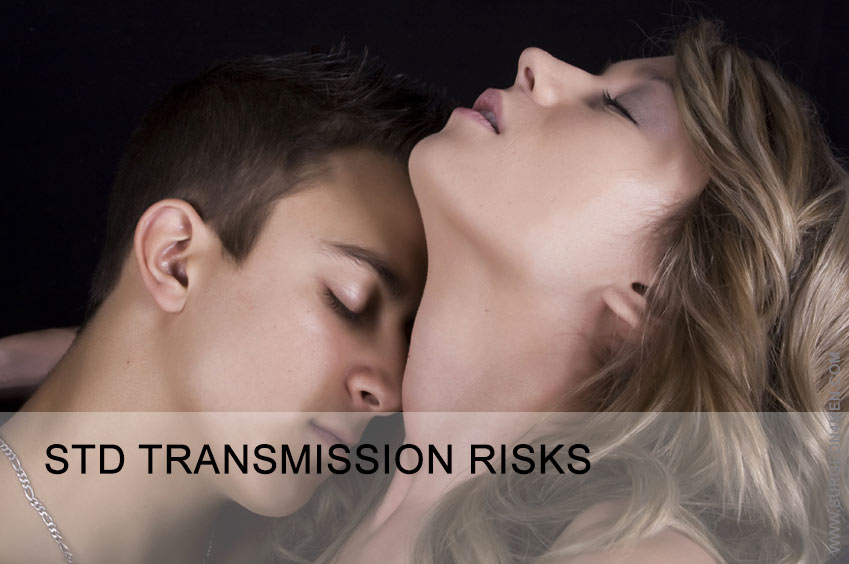The Risks and Transmission Probabilities of Sexually Transmitted Diseases
Anybody who lives a sexually active life runs the risk of being affected by sexually transmitted diseases (STD). The risk is especially high as a person who is suffering from a STD may or may not display any symptoms of the disease. The symptoms of STD may not appear for many weeks or even months after being affected. In case of HIV, this period may extend to as much as 15 years. So, many a times, the person may not be aware of his condition and unknowingly transmit the disease to his sexual partners.
Factors that May Increase the Risk of Being Affected by a STD
Although any person who is sexually active runs some risk of being exposed to a STD, the risk increases many times in certain cases. These are:
 Going for Unprotected Sex: Having sex without using a latex condom increases the chances of getting STDs manifold. Latex condom provides an effective barrier against STDs. It should be used religiously while having sex. Its inconsistent or improper usage may also increase the risk of STD.
Going for Unprotected Sex: Having sex without using a latex condom increases the chances of getting STDs manifold. Latex condom provides an effective barrier against STDs. It should be used religiously while having sex. Its inconsistent or improper usage may also increase the risk of STD.
- Having Multiple Sexual Partners: The higher the number of sexual partners, the higher are the chances of getting exposed to STDs. This holds true for consecutive monogamous partnerships as well as for multiple concurrent partners.
- Having a Prior History of STD: In case a person is already suffering from a sexually transmitted illness, he is more likely to be affected by another such illness. It has been seen that HIV is more common in people who are already suffering from STDs like gonorrhea or chlamydia. In case of a STD, it is important for both the partners to be treated. Otherwise the chances of re-infection are very high.
- Forced Sexual Activity: Chances of being exposed to a STD are very high in rape victims. It is important that such victims are screened for STDs at the earliest and treated accordingly.
- In Teenaged Females: It is believed that in adolescent girls, the cells present in the cervix are immature and are changing constantly. Because of this, they are more prone to be affected by STD in case of unprotected sex as compared to adult females.
 Drug Abuse: Serious illnesses like Hepatitis B, hepatitis C and HIV are commonly seen in drug addicts who share infected needles. Such persons can subsequently infect their partners.
Drug Abuse: Serious illnesses like Hepatitis B, hepatitis C and HIV are commonly seen in drug addicts who share infected needles. Such persons can subsequently infect their partners.
- Abuse of Alcohol or Recreational Drugs: Abusing alcohol and recreational drugs increase the chance of risque behavior wherein people may indulge in unprotected sex. This, in turn, may increase the risk of STDs.
- People Taking Medicines for Erectile Dysfunction: It has been noted that people who take medicines like Viagra and Levitra for treating erectile dysfunction are often found to suffer from STDs. Although the exact reason for this is not known, it has been postulated that the sustained erection that is achieved with these drugs may lead the patient to indulge in frequent sex which, at times, may be unprotected.
- Transmission of STDs from an Infected Mother to Her Newborn Child: Certain STDs like HIV, Syphilis and gonorrhea may pass from an infected mother to her newborn baby either through blood during pregnancy or during the delivery process. Sometimes, the child may be infected by the breast milk. These STDs may prove fatal for the newborn.
Reference:
“Prevalence of Sexually Transmitted Infections Among Female Adolescents Aged 14 to 19 in the United States,” by Sara E. Forhan, Lauri E. Markowitz, et all. Published in the December 2009 issue of the journal Pediatrics, accessed on May 8, 2014, retrieved from: http://pediatrics.aappublications.org/content/124/6/1505.full

